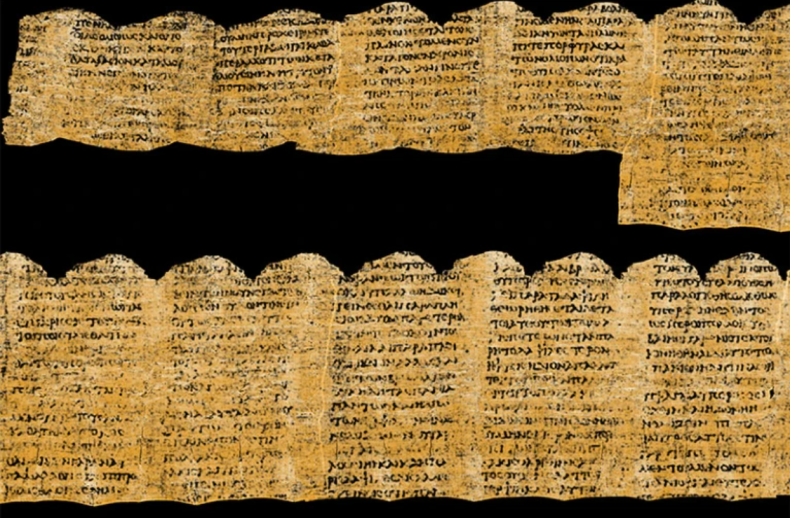Courtney J. Martin is leaving her post as director of the Yale Center for British Art and moving to the Robert Rauschenberg Foundation, where she will take over as executive director in the spring. She held the top job at Yale, her alma mater, for four years – 13 years fewer than her predecessor, Amy Meyers, who retired in 2019. ‘I wasn’t looking in any way,’ Martin said of her new role, ‘but this is a once-in-a-career kind of opportunity.’ At Yale, Martin was in charge of an annual budget of between $25–30 million; among the most high-profile exhibitions she oversaw were ‘Bridget Riley: Perceptual Abstraction’ and ‘The Hilton Als Series: Njideka Akunyili Crosby’. The gallery, housed in a modernist building designed by Louis Kahn, is currently in the middle of a two-year closure for refurbishment. The Rauschenberg Foundation is seen as one of the richest artist foundations in America; it reported assets of more than $657 million in 2022, according to the New York Times. Peter Salovey, president of Yale University, described Martin’s departure as ‘bittersweet’.
Student researchers have used AI to decipher the writing in a 2,000-year-old scroll thought to have been irretrievably burnt after the eruption of Mount Vesuvius in 79 AD. The Vesuvius Challenge, launched last March by a computer scientist and a Silicon Valley entrepreneur, was a competition that offered a $700,000 prize to any team who could use machine-learning algorithms to successfully decode the Greek writing in one of hundreds of papyri that were excavated from a luxury villa in the ancient Italian town of Herculaneum in the 18th century. The deciphered scroll, in which the writer sings the praises of music, capers and the colour purple, has raised hopes that the rest of the papyri can now be read – with potentially far-reaching implications for our understanding of the ancient world. Kenneth Lapatin, curator of antiquities at the J. Paul Getty Museum in Los Angeles, described the decoding, which was accomplished by three students from Egypt, Switzerland and the United States, as ‘a pipe dream coming true’.
Text from the Herculaneum scroll, 2023. Photo: © Vesuvius Challenge

The CEO of Bonhams, Bruno Vinciguerra, has announced he is stepping down from his position. Vinciguerra will be succeeded on an interim basis by the executive chair of Bonhams’ board, Hans-Kristian Hoejsgaard. Bonhams undertook a programme of rapid expansion during Vinciguerra’s five-year tenure, acquiring smaller auction houses across Europe and the United States, including Cornette de Saint Cyr in Paris and Skinner in Boston. In 2022, Bonhams’ annual revenue exceeded $1 billion for the first time. The auction house has not disclosed a reason for Vinciguerra’s departure. It comes shortly after the news that Stephen Brooks, CEO of rival house Phillips, has resigned for ‘personal reasons’.
The Italian government has donated a 3D-printed replica of a lost Assyrian statue to Iraq. The monumental Bull of Nimrud, which dated from the ninth century BC, was destroyed by Isis in 2015 at the archaeological site of the ancient city of Nimrud, near modern-day Mosul. Manufacturers funded by the Associazione Incontro di Civiltà created a fibreglass imitation of the five-metre-high statue, which is covered with stone dust-filled plastic. The reconstruction now stands by the entrance to Basrah Museum. The president of the Associazione Incontro di Civiltà, Italy’s former culture minister Francesco Rutelli, described the gift as ‘a small miracle of Italian soft power’.



